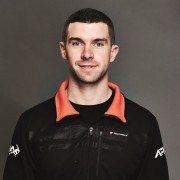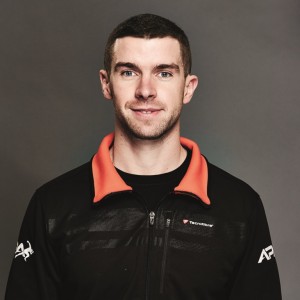UKSCA Conference 2015- The cliff notes
Hi All,
like many of us busy coaches this time of year represents a time for reflection over the summer before we get back to it in September. This year I had the opportunity to go to all three days of the UKSCA conference!! As usual I like to get some take home points out there through my blog so here it is!

If you’re a Strength & Conditioning coach then this is the must go to event. I have only missed one since the inaugural conference in 2004!! As ever there was an extensive line-up of International speakers with representation from UK, Australia and USA. There was also a record turn out of over 500 delegates over the 3 day programme. So I thought it would be appropriate to feedback a few of the key messages and applied methodologies presented at the workshops I attended or made notes on. Here were my top 3 presentations!
Dr Avery Faigenbaum

Professor in the Department of Health and Exercise Science (College of New Jersey)
Youth resistance Training: past practices, new perspectives and future directions
- We’re making big mistakes! What we’re doing now to tackle the obesity situation isn’t working!
- According to World Health Organisation only 20% of children globally are achieving target of 60 minutes of physical activity per day
- If you start high school overweight there is an 80% chance you’ll leave high school overweight- obesity sticks. It’s a myth you grow out of it!
- ‘Weakness kittens’- many problems can be traced back to a lack of Strength
- Due to lack of activity in ‘play’ situations in modern day there is a need for a preparatory strength and motor skills programme to prepare kids for the demands of sport.
- Fun is a balance between skill and challenge- take the fun out of a programme, you take the kids out of the programme
- How strong is strong enough? Parallel squat 0.7 x BM (11-12yrs), 1.5 x BM (13-15yrs) and 2.0 x BM (16-19 yrs)
Dr Duncan French

Senior Lecturer in the Department of Sport, Exercise and Rehabilitation (Northumbria University)
Programming to meet demands of the sport
- Don’t always be focused on maximising power- rather focus on peak power across the loads more relevant to your sport
- Training Environment is about development not about expression (Structural development ie., Physiological overload and Coordination development ie., motor skill overload)
- Key focus of training is ‘Greater stability in key positions’
- Cat always land on their feet because there are key reference points it always finds.
- What are the key positions that define optimal movement (low variability in elite performers)
Sport is a chaotic environment and you can’t simply train for all the variations of movement like the cricket catch above. However, the reference points that define quality movement are generic.
Dr Graeme Close

Reader in Applied Physiology and Sports Nutrition (Liverpool John Moores University)
Translating lab based nutrtional science to performance: from test tube to Twickenham
- Bodyfat analysis should be confirmatory NOT diagnostic!
- Assess don’t guess. There is massive Individual variation in both resting metabolic rate and energy expenditure
- Rugby players don’t consume as many calories as you might think, 3500 per day.
- Macronutrient intake is periodised: based off a basic plan of 3/2/1 g.kg-1 carb/protein/fat but will increase carbs days before Game Day.
- Don’t be focused on a fat optimised diet- all the carb phobia out there is unjustified.
- Do the basics well first (total caloried, timing, type, sleep, hydration).




